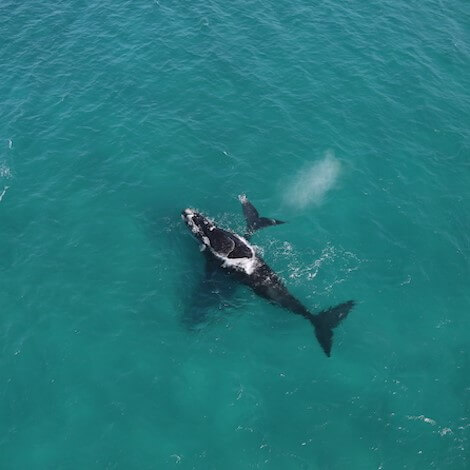Active
Popular
All About and Where To See Them: Brown Hyenas
 Pru Allison
Pru Allison
 April 08, 2019
April 08, 2019
Also known at the strandwolf, the brown hyena (Parahyaena brunnea) is the rarest of the hyena species.
Found across Namibia and the very south of Angola, Botswana, parts of Zimbabwe and Mozambique, and South Africa, it often remains the last to be seen by African safari-goers, who will likely have encountered the spotted variety earlier on in their stay.
The brown variety though is well worth holding out for, with its shaggy coat imbued with honey, gold, chocolate, and blonde, this is a remarkable looking creature, and this shy desert-dweller is endlessly fascinating.
Their appearance might be vaguely canid, but these hyenas are actually more closely related to genets and civets than to dogs (not closely mind you, just more closely). They feed opportunistically, scavenging through scent for carrion, as well as taking out small mammals and birds – even as babies they’re able to crack open an ostrich egg. The carnivores are well adapted to feed in this manner and are able to break open the bones of herbivores in order to feed on the marrow within.
These are social animals who live together in small clans. The clan will work together to defend territory, but they forage independently. Amazingly, brown hyenas can travel up to 30 kilometers a night in search of food.
Breeding is non-seasonal and gestation lasts for approximately 90 days. A litter usually consists of between one and four cubs. The youngsters will drink from their mother for more than a year, with meat added to their diet from three months, and they will live in the den for up to a year and a half. By 30 months they’ll have reached their full size.
Brown hyenas are most prominent in the Kalahari and Namib deserts, thanks to there being fewer other predators, such as lions, spotted hyenas and African wild dogs to be found there. They are usually on the move after darkness has fallen, which adds to their elusiveness. The name strandwolf was coined on Namibia’s Skeleton Coast and means ‘beach dog’. It refers to their scavenging of dead seals along the shoreline there.
The places in which brown hyenas occur actually benefit from their presence, as they rid the environment of old carcasses.
We should know because we’ve got plenty to be seen.
One of the very best areas in which to spot brown hyenas is the Makgadikgadi in Botswana. This is also where our camps: Jack’s Camp, San Camp, and Camp Kalahari are situated. As if that wasn’t enough, there’s also a chance of seeing them from Meno a Kwena.
It’s not only in our Botswana properties that guests have a good chance of a brown hyena sighting, but they also occur around all of our Namibian properties. In fact, searching for their prints in the sand outside Shipwreck Lodge often becomes a favourite pre-breakfast pastime for guests.
If you are fortunate enough to spot one, make sure you get a really good look because these glorious carnivores are never guaranteed.
Special Offers
Our special offers are designed to help you experience everything southern Africa has to offer whilst also saving some all-important pennies. Whether you’re about to embark on a once-in-a-lifetime solo trip, or are celebrating a special occasion, have a peek at our offers and see what could be in store for you.
























